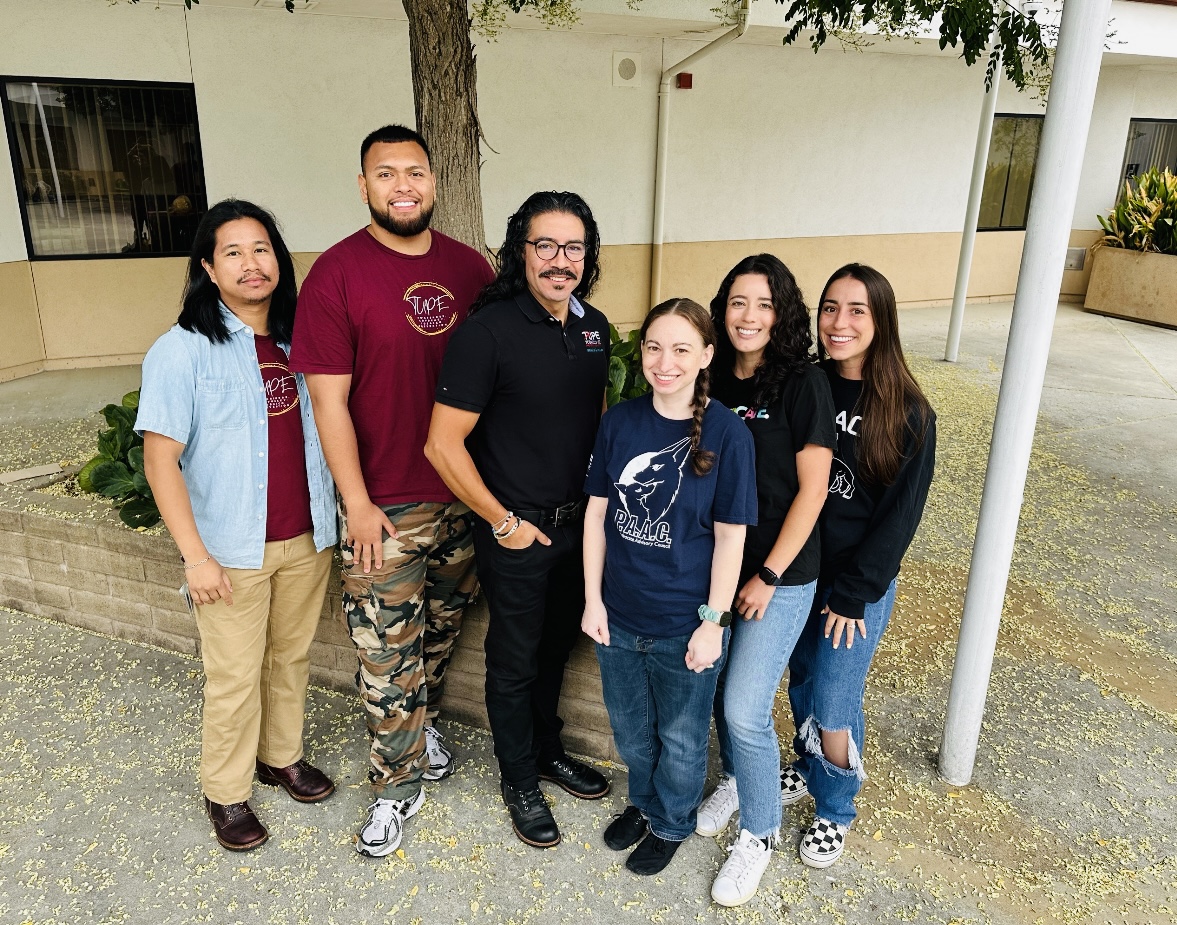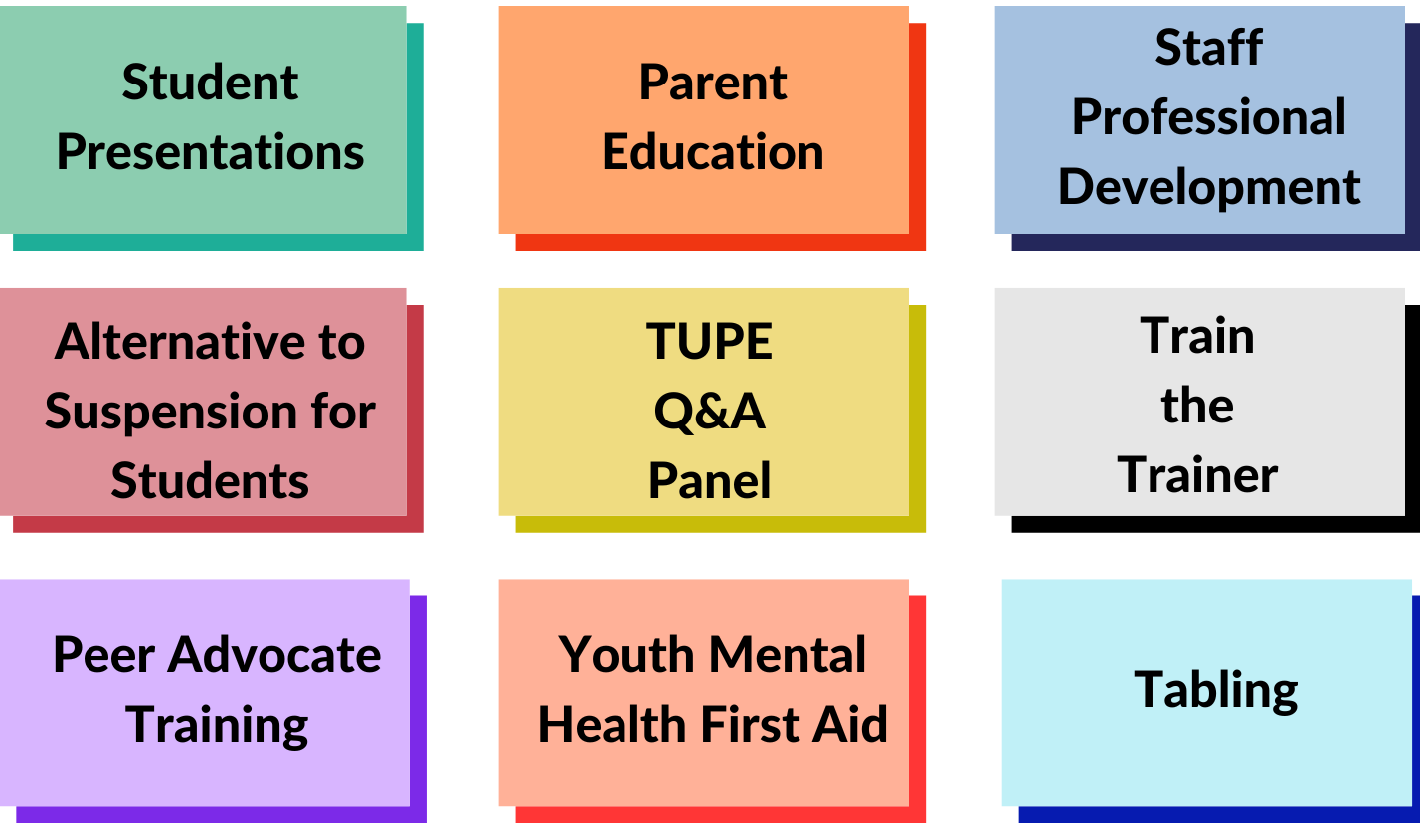Tobacco Use Prevention Education (TUPE)

Tobacco Use Prevention Education (TUPE) is a comprehensive evidence-based program for students in grades 6th through 12th. The purpose of the TUPE program is to reduce youth tobacco, cannabis, and vape use by helping students make healthy decisions through classroom-based curriculum, youth engagement activities, one-on-one intervention support, and cessation support through referrals and quit groups.
TUPE funding originates from tobacco tax revenue CA Prop 99 & 56.
TUPE Services

Request TUPE Services Here
TUPE Tiers of Support
TUPE offers a tiered systems of support to ensure students throughout Santa Clara County receive the appropriate level of intervention needed to prevent substance-use. TUPE interventions are identified based on student risk behavioral data obtained through the California Healthy Kids Survey (CHKS).
TUPE Tier I Grant
TUPE Tier I offers universal prevention strategies on campus that include:
- Certification and enforcement of tobacco free campus
- Monitoring of youth risk behaviors and resilience data through the administration of the California Healthy Kids Survey biannually for grades 7th, 9th, and 11th
TUPE Tier II Grant
TUPE Tier II offers prevention and interventions strategies that include:
- Monitoring of youth risk behaviors and resilience data through the administration of the California Healthy Kids Survey biannually for grades 7th, 9th, and 11th and the California Student Tobacco Survey
- Implementing classroom-based, research-validated substance use prevention programs
- Providing intervention for those most at risk
- Empowering youth through tobacco-focused youth development
- Maintaining and enforcing tobacco-free policy

